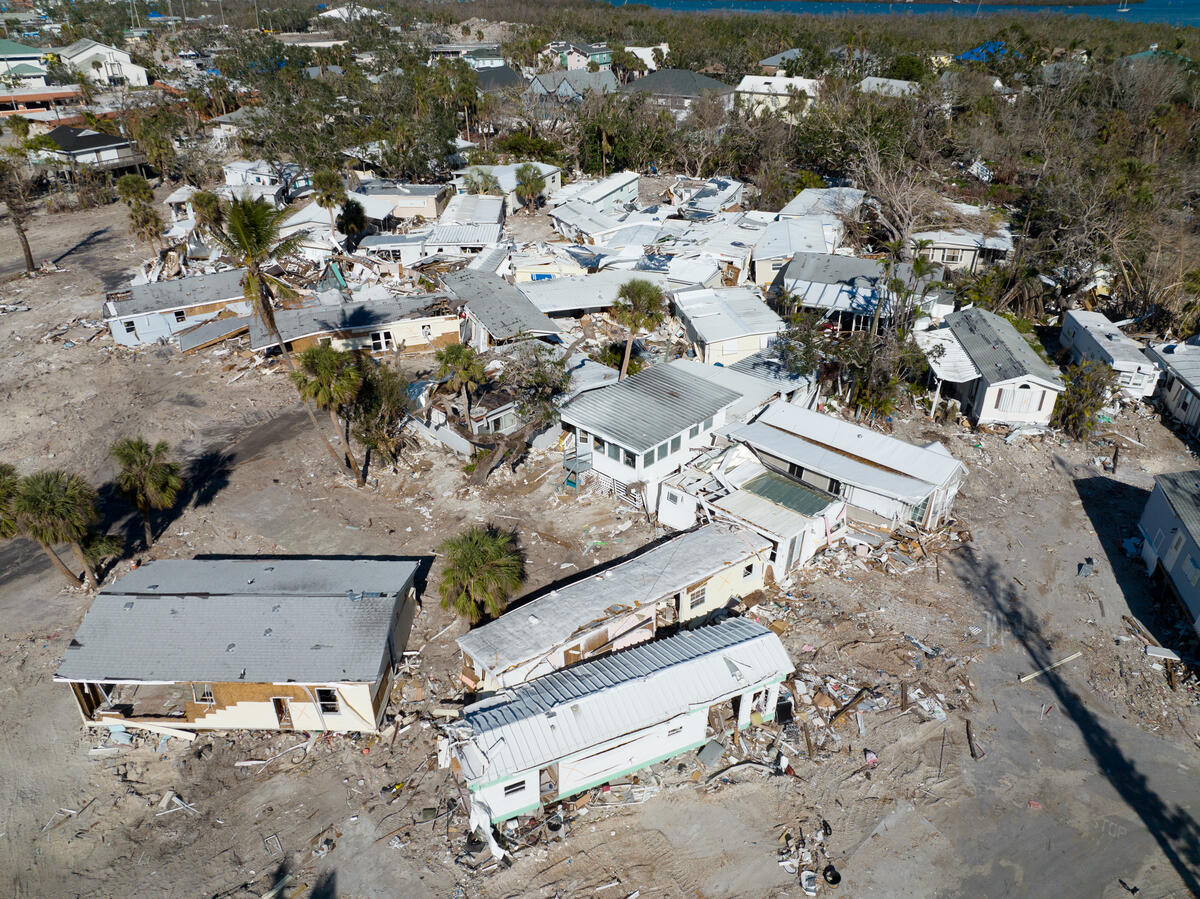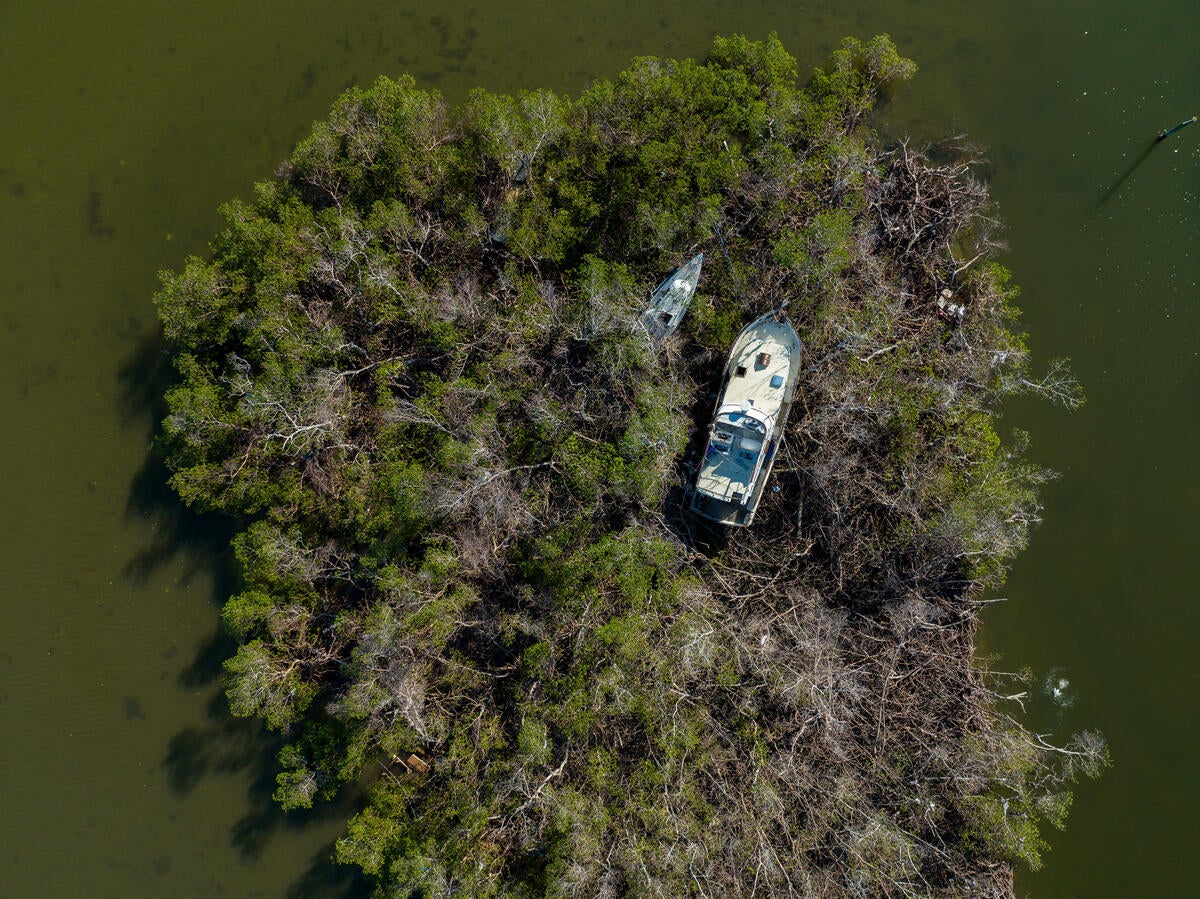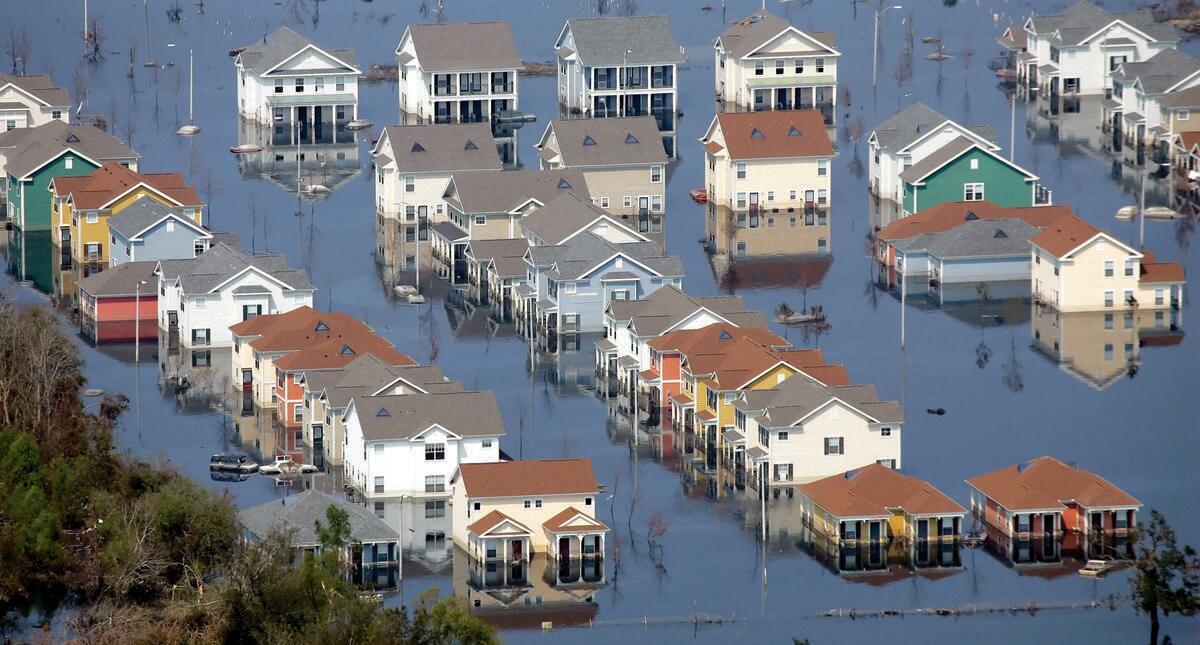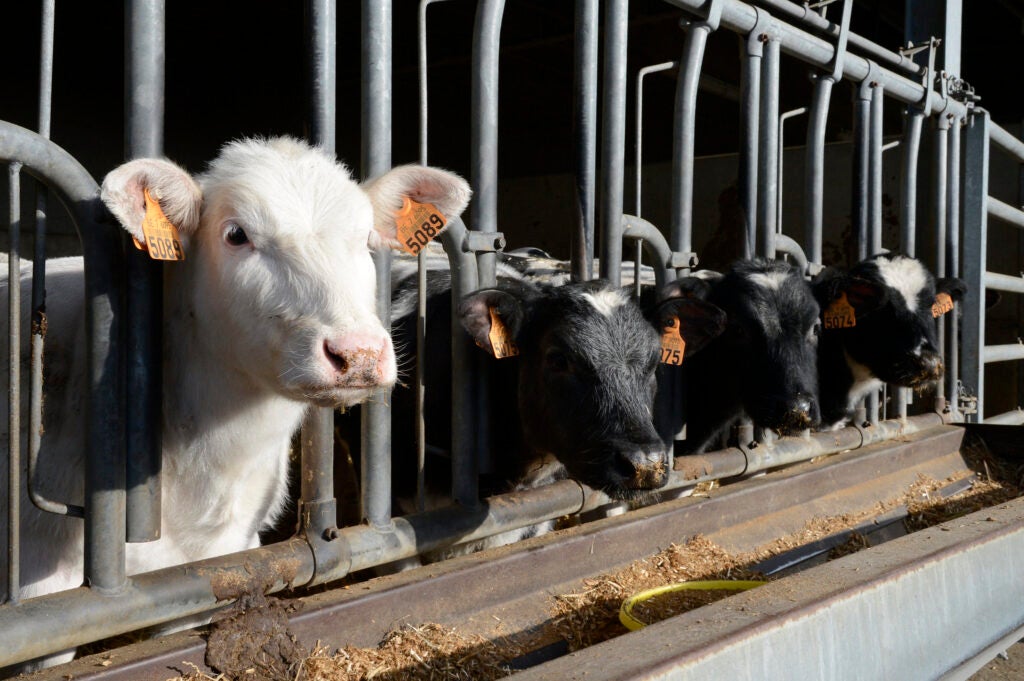On April 4, the Federal Emergency Management Agency (FEMA) was directed under the Trump administration to eliminate one of the largest disaster preparedness programs in the country. By defunding the Building Resilient Infrastructure and Communities (BRIC) program, the administration will be canceling more than $882 million in funding aimed at helping communities reduce their risks and minimize costs ahead of natural disasters. These programs help keep people safe and save taxpayer dollars when future storms hit. As we enter this year’s hurricane season, BRIC funding cuts, along with other actions targeted at dismantling disaster safety nets, leave vulnerable states and communities less prepared than ever.
Growing Returns
Selected tag(s): climate resilience
Major federal funding cuts leave communities less prepared for hurricane seasons
Without financing solutions, farmers have to leave money — and environmental benefits — on the table
This op-ed was originally published in Hoard’s Dairyman. Since its initial publication, the financial uncertainty for farmers engaging in conservation practices has grown substantially. Ongoing trade negotiations, tariffs and blocked funding for existing U.S. Department of Agriculture contracts for conservation expenses and the uncertainty of future funding for conservation programs intensify the financial challenges faced by dairy farmers.
Dairy farmers are already part of a high-risk industry — the experience shared below shows how difficult it can be to align funding opportunities with farms’ financial needs. Now, farmers are being left to absorb that risk with less support. To continue producing food for their communities and responsibly stewarding natural resources, farmers will need more flexibility from financial institutions and greater investments from stakeholders advancing sustainable agriculture.
By Alice Crothers
Driving recovery and resilience in North Carolina after Hurricane Helene
In recent years, North Carolina communities have weathered one storm after another, with Hurricane Helene being no exception. Hurricane Helene followed a once-in-a-thousand-year rain event in western North Carolina, which as a result caused widespread devastation and $53 billion of damage to the state alone. The impacts also stretched far beyond North Carolina, affecting communities throughout the southeastern U.S., demonstrating the growing need to prepare for increasingly severe storms.
In the wake of Hurricane Helene, FEMA introduced a $2.1 billion relief package to support families and businesses affected. These relief efforts offered some essential support in the aftermath but only scratched the surface of what is needed to truly help communities.
Moving forward, we must work to safeguard communities by investing in long-term resilience and preparedness. 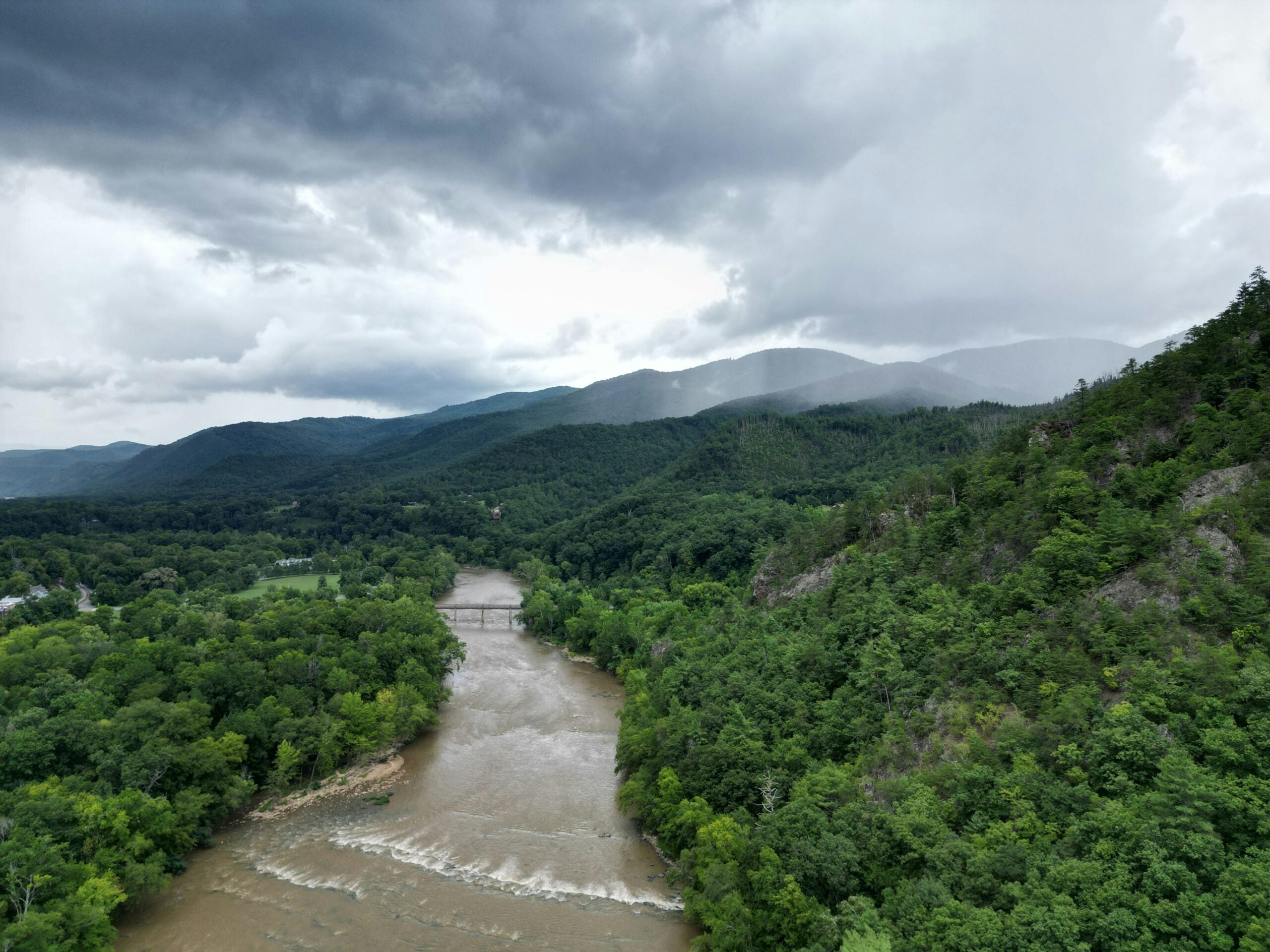 Read More
Read More
Ahead of the 2025 General Assembly, here are 3 ways to build flood resilience in Virginia
Virginia Conservation Network, a statewide coalition of 170 conservation partners, released its 2025 Common Agenda this year, providing a comprehensive overview of Virginia’s environmental policies and priorities to lawmakers and stakeholders. Detailed in the agenda are three key opportunities for lawmakers to continue progress on flood resilience initiatives.
While hurricane season officially ended on November 30, many Virginians in the southwest region are still recovering from the devastating impacts of Hurricane Helene. We stand with those communities as they recover and must remember that now is not the time to lose focus on reducing the risk of increasing climate-driven storms and disasters. According to the agenda’s co-authors from EDF’s Climate Resilient Coasts & Watersheds Virginia program, the following three flood resiliency opportunities should be a critical focus in the coming year.
How Florida built resilience this hurricane season and what can be done to prepare for future storms
This year’s hurricane season brought unprecedented challenges for the southeastern U.S., especially in Florida where three hurricanes made landfall in just two months. First Debby came, then Helene and finally Milton – costing billions of dollars in damage and devastating numerous communities and families across the state.
These devastating disasters underscore the need and urgency to build resilience and ensure preparedness ahead of future storms. Florida leaders have made great progress this year to better protect residents, but there is still a lot of work to be done. Let’s look back at Florida’s 2024 progress and consider new initiatives to prepare for the next storm.
How can we support New York City’s housing cooperatives in adapting to climate change?
Co-authored by: Anushi Garg and Linda Shi
Anushi is the senior analyst for Environmental Defense Fund’s Climate Resilient Coasts & Watersheds program in New York-New Jersey. Linda is the associate professor for Department of City and Regional Planning at Cornell University.
New York City, like many cities, is simultaneously facing a housing affordability crisis and the impacts of climate change. As the city responds to these complex, interlinked challenges, it is critical to find solutions that ensure all New Yorkers have access to housing that is affordable and adapted to a changing climate.
Unfortunately, cooperative housing, also known as co-ops, lacks access to many public sources of climate adaptation and disaster recovery funding, despite making up more than 12% of the city’s housing stock. Co-ops have a unique ownership model, one where residents have shares in a corporation that owns the building, as well as a proprietary lease tied to their unit, rather than a property title. This model helps preserve long-term affordability, but can also prevent co-ops from accessing resources geared towards housing that is owned by an individual.
To support affordable multi-family co-ops, Environmental Defense Fund, Urban Homesteading Assistance Board (UHAB) and Cornell University released An Assessment of NYC Cooperative Housing’s Climate Vulnerability and Barriers to Adaptation. This report, based on a mapping assessment, a first-ever survey of co-ops and a policy review, looks at climate impacts on permanently affordable co-ops in New York City and encourages more responsive and equitable policies. Read More
Three ways to make home buyouts more efficient
By: Gabrielle Rosario, EDF Intern
Each year, flood risk increases from sea level rise and storms, raising major concerns among millions of homeowners. Flooding can inundate homes, damage property and cause safety and health concerns, as well as isolate residents from essential government services like trash pickup or emergency vehicle access. In fact, by 2030, over 20 million Americans will be at risk of inundation due to sea level rise, and many will be unable to afford to move.
Managed retreat policies, such as voluntary home buyouts, can facilitate the relocation of residents out of increasingly flood-prone communities. But unfortunately, existing federal programs are slow and require local governments to meet complex and challenging guidelines.
Innovative approaches are needed to make buyouts more efficient. Here are three strategies that can help:
New research could help resource managers improve the health and resilience of the Mississippi River Basin
Spanning across 31 states, from Minnesota down to the Gulf Coast of Louisiana, the Mississippi River Basin is one of the most significant waterways in the world. Not only is it important for commercial purposes, but it also provides critical wildlife habitat, fresh water and recreational opportunities for communities.
Given the river’s complex alterations and increasing climate impacts, it is more important than ever to take actions that will protect and nurture this treasured basin. Earlier this year, Environmental Defense Fund and co-authors* released new research that may prove beneficial to resource managers, aimed at evaluating and implementing actions to improve the Mississippi River Basin’s overall health and resilience. Based on this research, we are sharing a comprehensive framework that can be used to effectively manage the Mississippi River Basin as part of a whole basin governance structure that includes monitoring, modeling and adaptive management. Read More
Closing the enteric methane emissions innovation gap: A call for funding high-quality research
By Peri Rosenstein and Nicole Jenkins
Methane emissions are a potent greenhouse gas, warming the climate more than 80 times faster than carbon dioxide on a 20-year timescale. Rapidly and significantly reducing methane is the most effective way to reduce the rate of warming, especially over the next few decades.
One year ago, the U.S. Supreme Court rolled back federal wetland protections. Here are the impacts so far.
One year ago, the U.S. Supreme Court issued a decision that significantly reduced federal wetlands protections, leaving America’s wetlands at greater risk of development and degradation. The case of Sackett v. EPA was decided 9-0 in favor of the Sacketts, a couple from Idaho that filled in wetlands to build on their property near Priest Lake. The Court ruled unanimously that the wetlands on the Sackett’s property were not regulated under the Clean Water Act, but a narrow majority of justices went further to issue a controversial 5/4 opinion that scaled back federal protections that have provided for the thoughtful conservation of America’s wetlands for decades. Of note, Justice Kavanaugh, siding with the minority, expressed concern about the decision’s “significant repercussions for water quality and flood control throughout the United States.”
The impacts of the decision are still unfolding, and there remains a lot of uncertainty on how the unclear language of the Court will be interpreted in the long term. But what we do know is that this decision will have a significant impact. Here’s where things stand one year later. 










